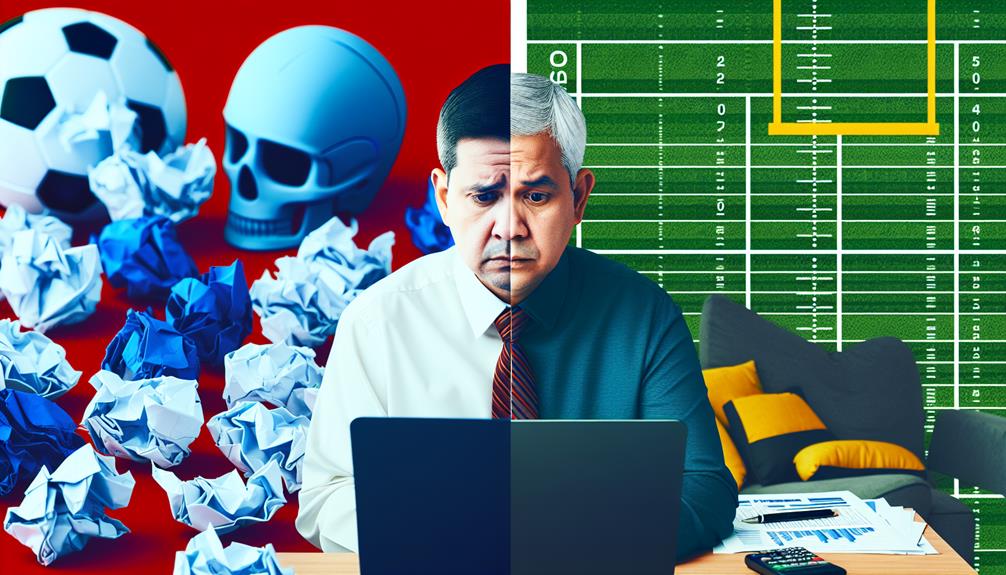Orthodontics 101: Your Path to a Confident Smile
A great smile can transform your confidence, but it’s about more than appearances. braces or aligners, the dental specialty focused on correcting misaligned teeth and jaws, plays a crucial role in both oral health and aesthetics. Whether you’re considering braces for your child, exploring Invisalign for yourself, or simply curious about the process, this guide will walk you through everything you need to know.
What is Orthodontics?
Orthodontics is a branch of dentistry that addresses misalignments such as crowded teeth, overbites, underbites, and gaps. These issues aren’t just cosmetic—they can lead to difficulties in chewing, speaking, and maintaining proper oral hygiene. Left untreated, they may result in cavities, gum disease, and even jaw pain.
lingual braces ensures that teeth and jaws are properly aligned, improving both functionality and the overall appearance of your smile.
Types of Orthodontic Treatments
Orthodontics has come a long way from bulky, uncomfortable wire braces. Modern treatments offer personalized solutions for various needs and lifestyles:
1. Traditional Metal Braces
These braces use Orthodontics and wires to gradually move teeth into their proper positions. While they’re the most recognizable option, advancements have made them smaller, more effective, and comfortable.
2. Invisalign
Popular among teens and adults, Orthodontic treatment uses clear, removable aligners to straighten teeth discreetly. These aligners are virtually invisible, making them ideal for individuals who want to maintain a natural look during treatment.
3. Lingual Braces
Placed on the inside surface of the teeth, lingual braces are hidden from view. They offer the same effectiveness as traditional braces while remaining out of sight.
4. Ceramic Braces
With brackets made from clear or tooth-colored materials, ceramic braces are less noticeable than metal ones. They’re a great option for those who want effective treatment without the bold look of traditional braces.
Why Orthodontic Treatment Matters
Orthodontics isn’t just about achieving straight teeth. It’s about enhancing your quality of life by improving oral health and confidence. Here are a few key benefits:
- Improved Oral Hygiene: Aligned teeth are easier to clean, reducing the risk of cavities and gum disease.
- Better Functionality: Correct alignment improves chewing and speaking efficiency.
- Enhanced Appearance: A straighter smile boosts self-esteem and leaves a lasting positive impression.
- Preventative Care: Early intervention can prevent long-term dental issues like tooth wear, jaw strain, and tooth loss.
Orthodontic Treatment for Every Age
Orthodontic care is not limited by age. Whether you’re 7 or 70, there’s a treatment option for you:
For Children
Orthodontic evaluation is recommended by age 7. Early treatment helps address problems like overcrowding or bite issues before they become severe.
For Teenagers
The teenage years are the most common time for braces or Invisalign. Treatment during this phase can leverage growth spurts to ensure optimal results.
For Adults
It’s never too late for orthodontics! With discreet options like Invisalign and metal brackets, adults can align their teeth without disrupting their lifestyles.
The Orthodontic Process
1. Initial Consultation
Your orthodontist will evaluate your teeth and jaw alignment, discuss your goals, and recommend the best treatment option.
2. Personalized Treatment Plan
A detailed plan is created, outlining the duration and steps of your treatment.
3. Fitting Braces or Aligners
Your Invisalign will be customized and fitted, and your orthodontist will guide you on care routines.
4. Regular Adjustments
Periodic appointments (every 6-8 weeks) ensure steady progress as your teeth shift into place.
5. Retention Phase
After active treatment, retainers are used to maintain your new smile.
Common Questions
- How long does treatment take?
Duration varies by case but typically lasts 12-24 months. - Is treatment painful?
Some discomfort is normal after adjustments but subsides quickly. - Can I play sports with braces?
Yes, but it’s important to wear a mouthguard for protection.
Take the First Step Toward a Healthier Smile
Orthodontics is about more than aesthetics—it’s an investment in your health and confidence. Whether for a child, teen, or adult, orthodontic care offers solutions that fit every need and lifestyle.
Ready to transform your smile? Schedule a consultation with a local orthodontist today and start your journey toward a healthier, more confident you.
Don’t keep this information to yourself—share it with friends or family who might be considering orthodontic treatment. A beautiful smile is worth it!


